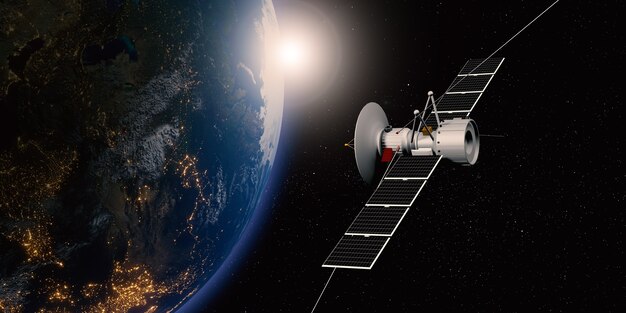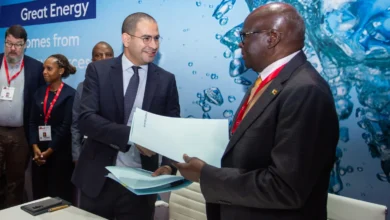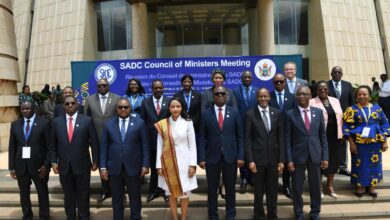ZimSat-2 Marks a Milestone for Zimbabwe in Space Exploration

Zimbabwe recently achieved a remarkable milestone in its space exploration efforts with the launch of ZimSat-2, a satellite designed for Earth observation. The launch, which took place on November 5, 2024, was part of a historic mission that saw 53 satellites, the largest number ever in a single launch, sent into orbit. This achievement not only demonstrates Zimbabwe’s growing technological capabilities but also highlights the strengthening cooperation between Zimbabwe and Russia.
The satellite was launched aboard a Russian Soyuz-2.1b rocket from the Vostochny spaceport in Russia. The mission was a collaboration between the Zimbabwe National Geospatial and Space Agency (ZINGSA) and Russia’s Southwest State University, showcasing the potential for international partnerships in space technology development.
ZimSat-2 is equipped for Earth observation and will be used for critical applications in agriculture, environmental protection, and natural resource management. According to Dr. Jenfan Muswere, Zimbabwe’s Minister of Information, Publicity and Broadcasting Services, ZimSat-2 will assist in monitoring crop health, predicting yields, and identifying nutrient deficiencies, contributing significantly to the country’s agricultural sector. The satellite is a key step toward achieving Zimbabwe’s Vision 2030, which aims to elevate the nation’s technological and developmental stature.
Roscosmos, Russia’s space agency, confirmed in a statement that the launch delivered a total of 53 satellites into orbit. These included 49 Russian satellites, a Russian-Chinese satellite, a Russian-Zimbabwean satellite (ZimSat-2), and two Iranian small satellites. This international cooperation reflects the growing trend of global collaboration in space exploration, with countries leveraging shared expertise to advance technological progress.
ZimSat-2’s launch underscores Zimbabwe’s commitment to leveraging space technology for the betterment of its people, particularly in the areas of sustainable agriculture and resource management. As the country continues to advance its space program, ZimSat-2 stands as a testament to the power of international partnerships and the potential of technology to drive national development.




